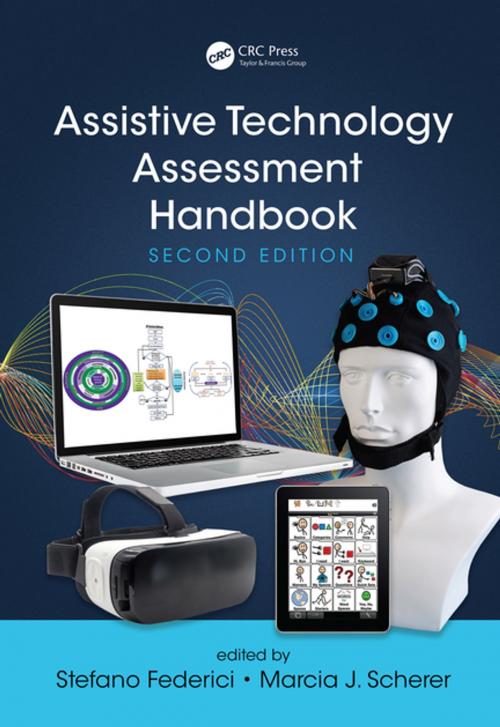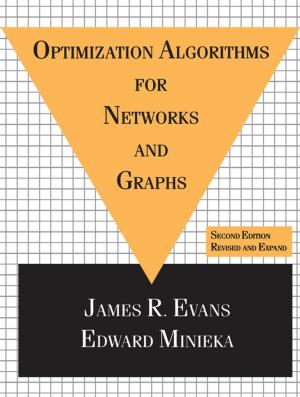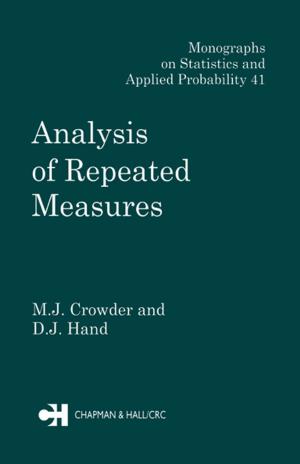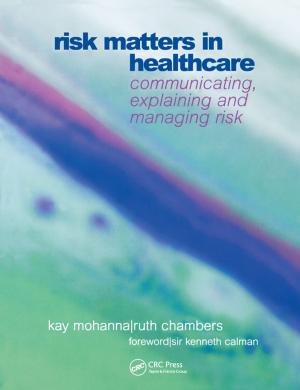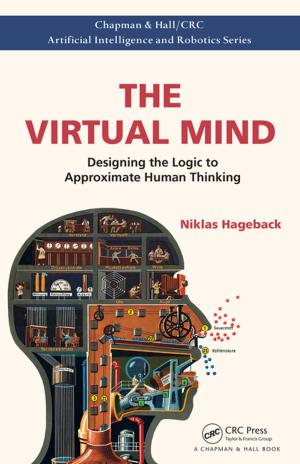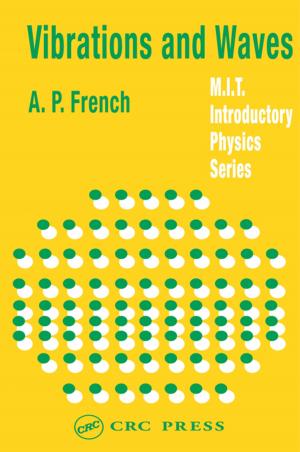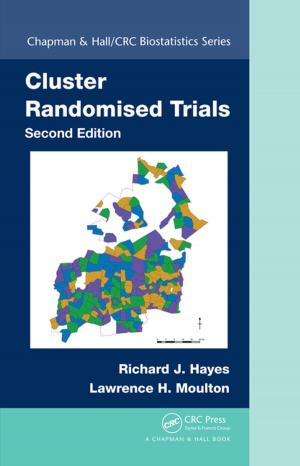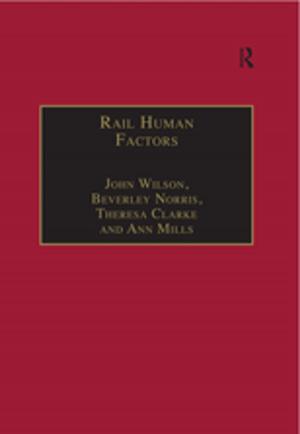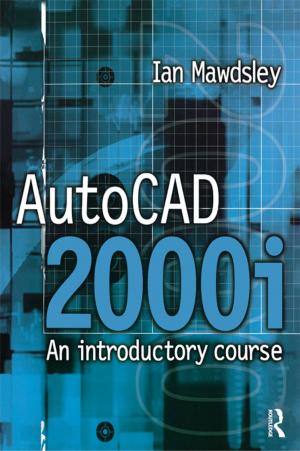Assistive Technology Assessment Handbook
Nonfiction, Health & Well Being, Medical, Specialties, Physical Medicine & Rehabilitation, Allied Health Services, Science & Nature, Technology, Engineering| Author: | ISBN: | 9781351230889 | |
| Publisher: | CRC Press | Publication: | November 23, 2017 |
| Imprint: | CRC Press | Language: | English |
| Author: | |
| ISBN: | 9781351230889 |
| Publisher: | CRC Press |
| Publication: | November 23, 2017 |
| Imprint: | CRC Press |
| Language: | English |
Assistive Technology Assessment Handbook, Second Edition, proposes an international ideal model for the assistive technology assessment process, outlining how this model can be applied in practice to re-conceptualize the phases of an assistive technology delivery system according to the biopsychosocial model of disability. The model provides reference guidelines for evidence-based practice, guiding both public and private centers that wish to compare, evaluate, and improve their ability to match a person with the correct technology model. This second edition also offers a contribution to the Global Cooperation on Assistive Technology (GATE) initiative, whose activities are strongly focused on the assistive products service delivery model. Organized into three parts, the handbook: gives readers a toolkit for performing assessments; describes the roles of the assessment team members, among them the new profession of psychotechnologist; and reviews technologies for rehabilitation and independent living, including brain–computer interfaces, exoskeletons, and technologies for music therapy. Edited by Stefano Federici and Marcia J. Scherer, this cross-cultural handbook includes contributions from leading experts across five continents, offering a framework for future practice and research.
Assistive Technology Assessment Handbook, Second Edition, proposes an international ideal model for the assistive technology assessment process, outlining how this model can be applied in practice to re-conceptualize the phases of an assistive technology delivery system according to the biopsychosocial model of disability. The model provides reference guidelines for evidence-based practice, guiding both public and private centers that wish to compare, evaluate, and improve their ability to match a person with the correct technology model. This second edition also offers a contribution to the Global Cooperation on Assistive Technology (GATE) initiative, whose activities are strongly focused on the assistive products service delivery model. Organized into three parts, the handbook: gives readers a toolkit for performing assessments; describes the roles of the assessment team members, among them the new profession of psychotechnologist; and reviews technologies for rehabilitation and independent living, including brain–computer interfaces, exoskeletons, and technologies for music therapy. Edited by Stefano Federici and Marcia J. Scherer, this cross-cultural handbook includes contributions from leading experts across five continents, offering a framework for future practice and research.
